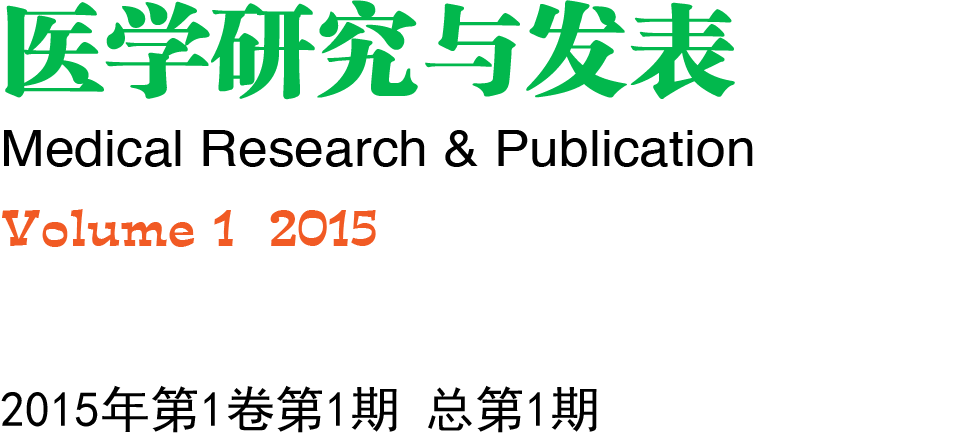原文信息:
Randomized Trial of Peanut Consumption in Infants at Risk for Peanut Allergy.
N Engl J Med. 2015 Feb 26;372(9):803-13. doi: 10.1056/NEJMoa1414850.
BACKGROUND: The prevalence of peanut allergy among children in Western countries has doubled in the past 10 years, and peanut allergy is becoming apparent in Africa and Asia. We evaluated strategies of peanut consumption and avoidance to determine which strategy is most effective in preventing the development of peanut allergy in infants at high risk for the allergy. METHODS: We randomly assigned 640 infants with severe eczema, egg allergy, or both to consume or avoid peanuts until 60 months of age. Participants, who were at least 4 months but younger than 11 months of age at randomization, were assigned to separate study cohorts on the basis of preexisting sensitivity to peanut extract, which was determined with the use of a skin-prick test--one consisting of participants with no measurable wheal after testing and the other consisting of those with a wheal measuring 1 to 4 mm in diameter. The primary outcome, which was assessed independently in each cohort, was the proportion of participants with peanut allergy at 60 months of age. RESULTS: Among the 530 infants in the intention-to-treat population who initially had negative results on the skin-prick test, the prevalence of peanut allergy at 60 months of age was 13.7% in the avoidance group and 1.9% in the consumption group (P<0.001). Among the 98 participants in the intention-to-treat population who initially had positive test results, the prevalence of peanut allergy was 35.3% in the avoidance group and 10.6% in the consumption group (P=0.004). There was no significant between-group difference in the incidence of serious adverse events. Increases in levels of peanut-specific IgG4 antibody occurred predominantly in the consumption group; a greater percentage of participants in the avoidance group had elevated titers of peanut-specific IgE antibody. A larger wheal on the skin-prick test and a lower ratio of peanut-specific IgG4:IgE were associated with peanut allergy. CONCLUSIONS: The early introduction of peanuts significantly decreased the frequency of the development of peanut allergy among children at high risk for this allergy and modulated immune responses to peanuts. (Funded by the National Institute of Allergy and Infectious Diseases and others; ClinicalTrials.gov number, NCT00329784.).
原文链接
http://www.nejm.org/doi/full/10.1056/NEJMoa1414850#t=abstract |





